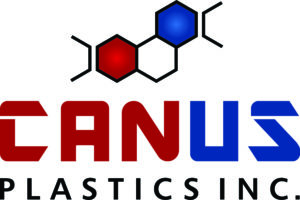Thermoforming is actually a wide range of manufacturing processes which involves heating plastic to a pliable forming temperature so it can be formed against a mould to create a specific shape. Vacuum Forming is a type of Thermoforming, and like Vacuum Forming, Thermoforming can produce a variety of components, including large items with lower investment costs, flexible designs and short lead times.
Most commonly the Thermoforming process involves heating a plastic sheet which is then forced into a mould using mechanical plugs to push and hold the material against the mould until cooled. Excess material outside the mould can be trimmed to create the final part. On other occasions, individual parts are pre-machined before entering the mould so that they are ejected from the mould as a finished part so that no trimming is required. Components can be designed and manufactured in stages as well so that very elaborate final designs can be created in simpler moulds which sequentially form and reform the geometry. This sequencing can also reduce overall cycle times for faster production compared to Vacuum Forming.
CANUS uses Thermoforming to work with materials including PVC, CPVC, HDPE, ABS, Acrylics, co-polymers and Kydex®. We use this technology to produce everything from low volume consumer products to special prototypes which are later intended for injection moulding. We also use this process to bend piping and alter fittings that are purchased off the shelf but need modifications prior to end-use. There is virtually no limit to the applications and industries serviced by this form of manufacturing.

